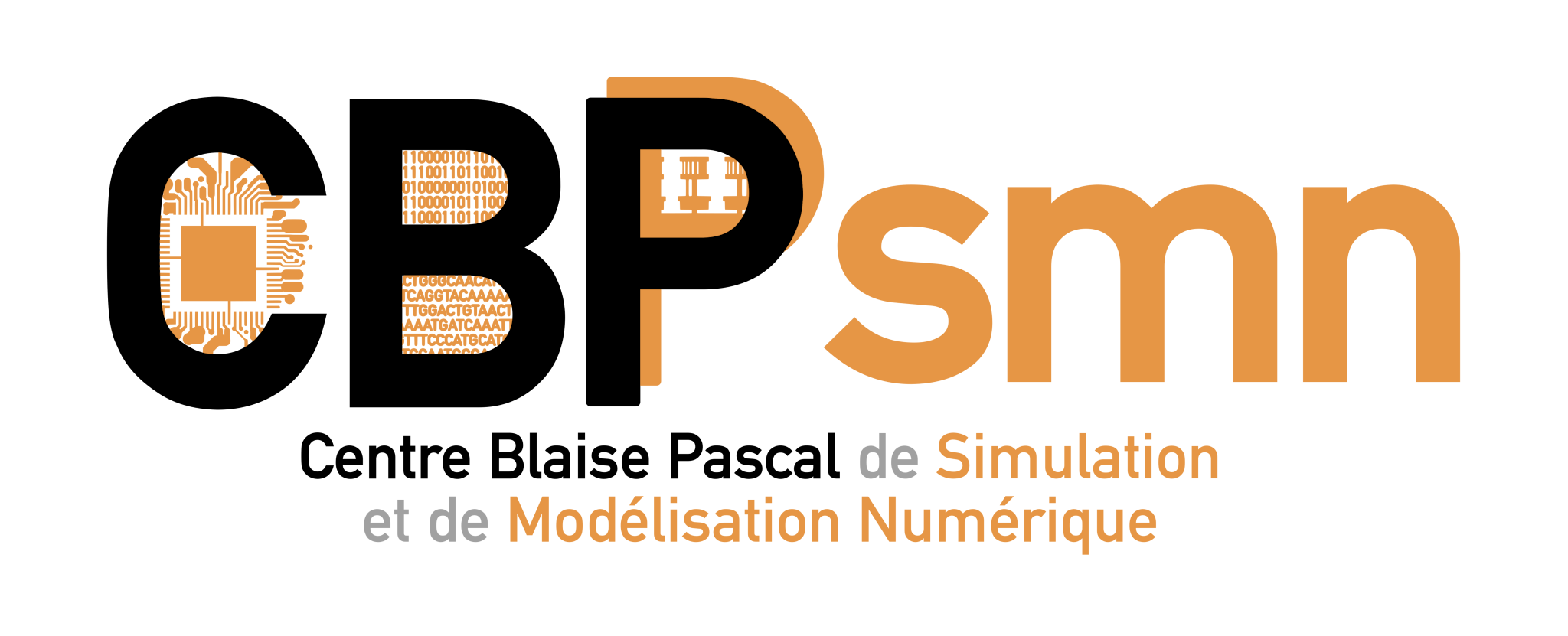Why ?
About PSMN's and CBP's creation
“Computational science is one of the most important technical fields of the 21st century because it is essential to advances throughout society.” (PITAC report: Computational Science: Ensuring America’s Competitiveness, President’s Information Technology Advisory Committee, USA, June 2005)
The digital/numerical tool enables the solving of fundamental equations of mathematical sciences, moreover it is essential for the storage and analysis of experimental data (which are growing exponentially).
Indeed, the IT tool has acquired the status of an unavoidable instrument in the integration of our knowledge and the mastery of complex systems.
While this observation is already old for the natural sciences, which have appropriated the computer as an instrument, recent developments in the digital humanities show that it is just as valid for the humanities and social sciences. For each stage of the scientific process, it is therefore necessary to have a computer system dedicated to research, capable of supporting, if not anticipating, the needs of researchers.
Together, the PSMN and the CBP act as a resource and skills centre in computer science for research at the ENS de Lyon. They offer services with specific capacities, complementary to those of its laboratories.
The PSMN is a meso-centre for high-performance computing, grouping and pooling resources within the school. The availability of adequate computing and storage resources is an essential asset for progress in digital sciences, but there are others that are just as important.
The focus on “silicon”, (peta)flops and (peta)bytes, has inherent limitations that are revealed in an analogy with personal computers; their impact on the modern world is not due to the explosion of their capabilities but to the parallel development of application software and the motivation and know-how of users: the same logic applies in science.
With the CBP, the ENS has set up one of the first “modeling houses” in France with a digital infrastructure (work room, servers, software forge, collaborative work tools, etc.), offices, seminar and conference rooms, as part of a mission to support research, training and scientific animation.
